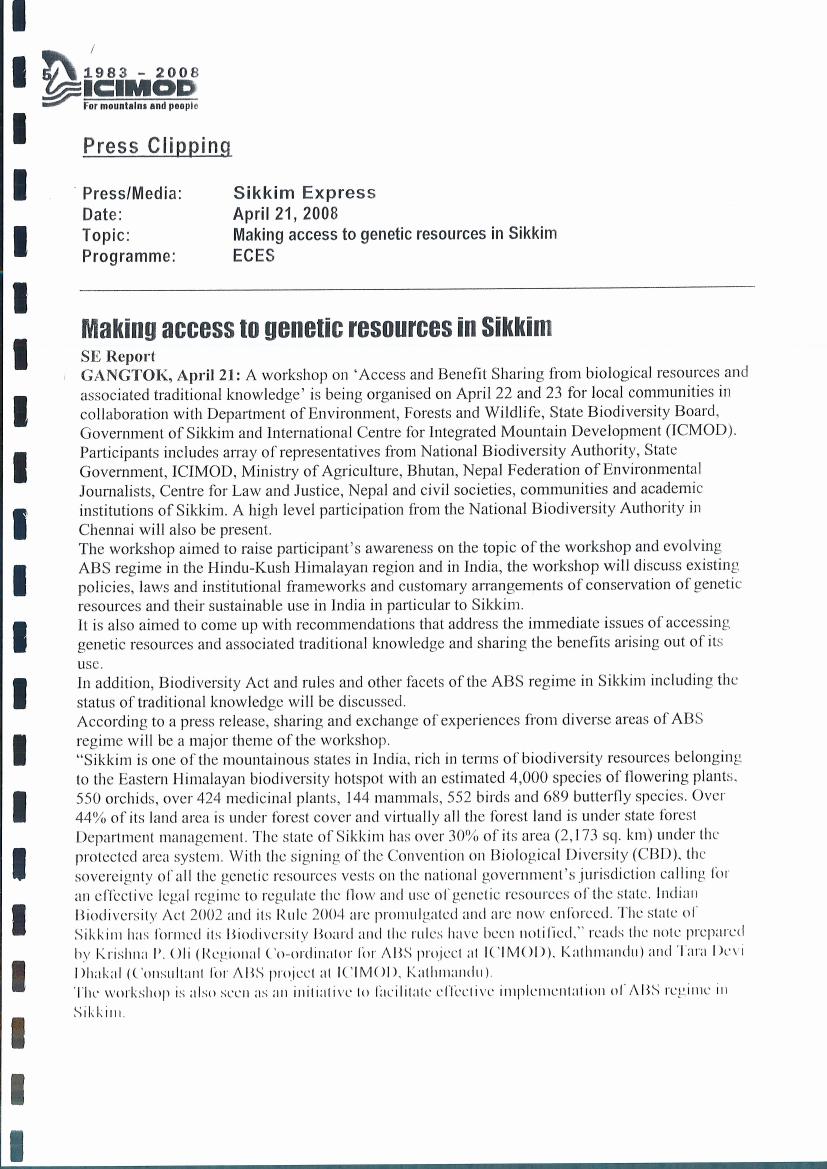
Recognizing that high litter fall and its rapid decomposition are key traits of invasive species, litter fall and its decay in Sapium sebiferum Roxb. were studied in Palampur. For this, litter traps of dimension 50 × 50 × 50 cm3 were placed in under-canopy and canopy gap of the species. Litter fall was monitored monthly and segregated into different components. For litter decay studies, litter bags of dimension 25 × 20 cm2 with a mesh size 2 mm were used and the same were analyzed on a fortnightly basis. Litter fall in both under-canopy and canopy gap was highest in November (1.16 Mg ha-1 y-1 in under-canopy and 0.38 Mg ha-1 y-1 in canopy gap) and lowest during March. Litter production in under-canopy and canopy gap was 4.04 Mg ha-1 y-1 and 1.87 Mg ha-1 y-1, respectively. These values are comparable to sal forest (1.7 t C ha-1 y-1), chir pine-mixed forest (2.1 t C ha-1 y-1), and mixed oak-conifer forest (2.8 t C ha-1 y-1) of the Western Himalaya. The decay rate, 0.46% day-1 in under-canopy and 0.48% day-1 in canopy gap, was also fast. Owing to this the species may be able to modify the habitats to its advantage, as has been reported elsewhere. © 2014 Vikrant Jaryan et al.